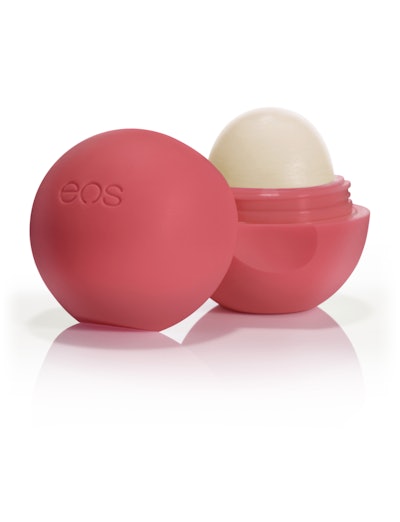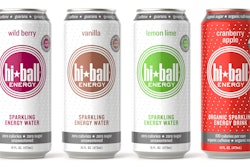The goal isn’t to eliminate risk; rather it’s to decide which risks are worth taking. Because a willingness to try new materials and package formats—even at the risk of commercial failure—can be a price worth paying for innovation.
1. Test the waters. There are as many approaches to market-testing new packages as there are companies. One well-known retailer, for instance, skips consumer testing entirely when launching new private-label packaging. Instead, it just launches new packages. The pack’s success or failure in the marketplace is the test. Another consumer packaged goods company purposely invents temporary brands to test new concepts without risking any damage to the real brand’s equity. If the package format succeeds, the temporary brand is replaced with the actual brand. Many large brand owners have the luxury of testing out new packaging ideas in foreign markets. The risks on the downside are much less, and there’s less self-cannibalization of the parent brand.
2. Proceed slowly, with confidence. When trying new or unproven technologies, find similar examples that make a strong case for experimentation. Precedents can encourage relaxing standards, or at least strict adherence to past practices, in the name of innovation. The best advice is to build in time to work out the kinks, and to run any unfamiliar or experimental materials or machines more slowly at the outset.
3. Compare apples to apples. Comparing a promising new technology to a mature one that’s had 30 years of cost engineered out of it is unrealistic. New technology always has inherent risks that may or may not be known or solved yet. Balance the risk against the benefits.
4. Find a receptive audience. Which companies are most likely to blaze a trail? Innovative packaging formats are often implemented by small start-up or entrepreneurial CPG concerns. This seems to be a byproduct of their agility. It’s easier for a small company to change a packaging or marketing strategy. There’s less to lose and more to gain by taking market share from a larger CPG counterpart. When the proverbial David fells a large CPG Goliath, it’s often because the large firm was unable to bend its infrastructure and older capital assets to the will of a new, large-scale packaging change.
5. Leverage your position. At the same time, the most powerful innovators in the marketplace are often at the top—or approaching the top—of their field. Many of them can be working on similar ideas, but only one can be first to market. How do they commercialize an innovation quickly? By allowing some risk-taking to coexist with all the research and analysis. Every year, many of the best-planned new products fail. When failure happens, learn from it.
6. Embrace your ambition. Whether small start-up or established leader, however, the common thread among those that innovate is that they are driven to do so, and willing to take risks in order to reap the rewards. They don’t follow trends so much as make them, because it’s impossible to lead if you’re following—or to be original if you’re copying. Those companies with the ability to drive the market seem to have innovation embedded in their corporate culture. They understand that playing it safe can result in a failure much more devastating than packaging missteps. That is, having your competitors pass you by.
Liked this article? Download the entire playbook here.


























